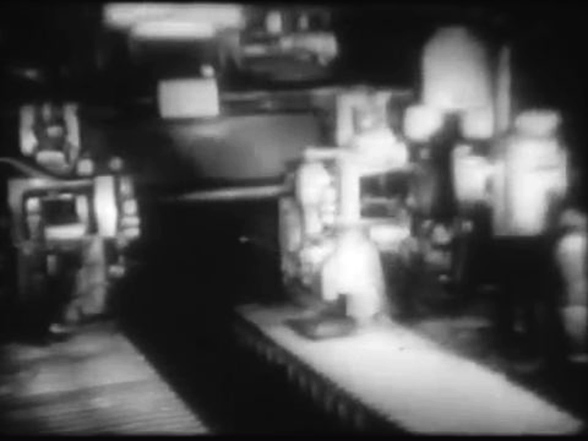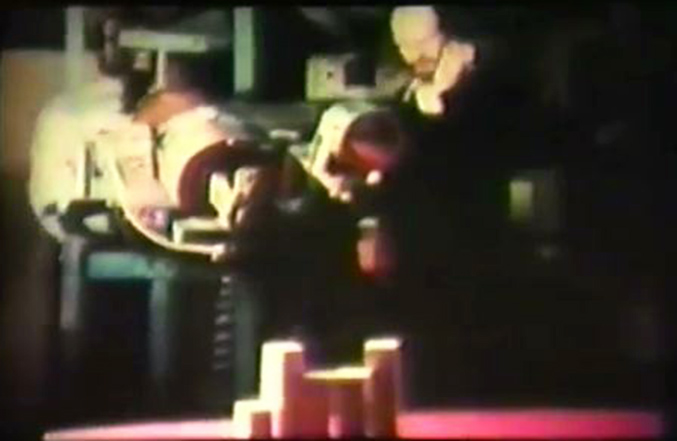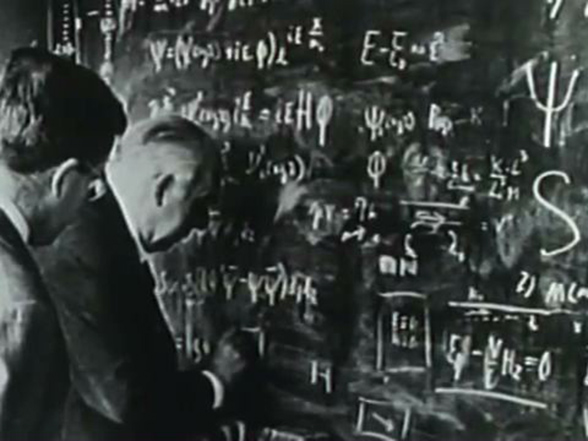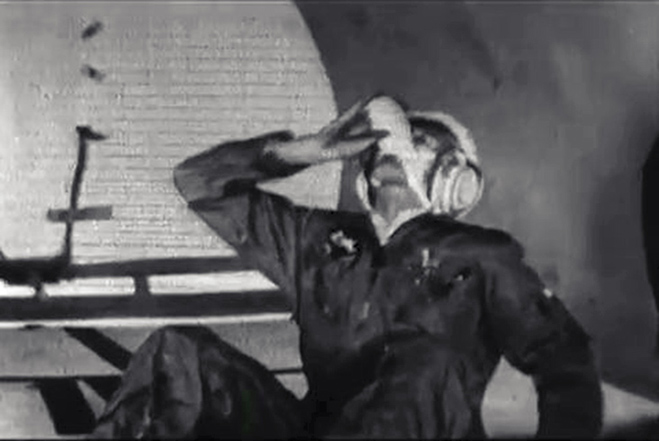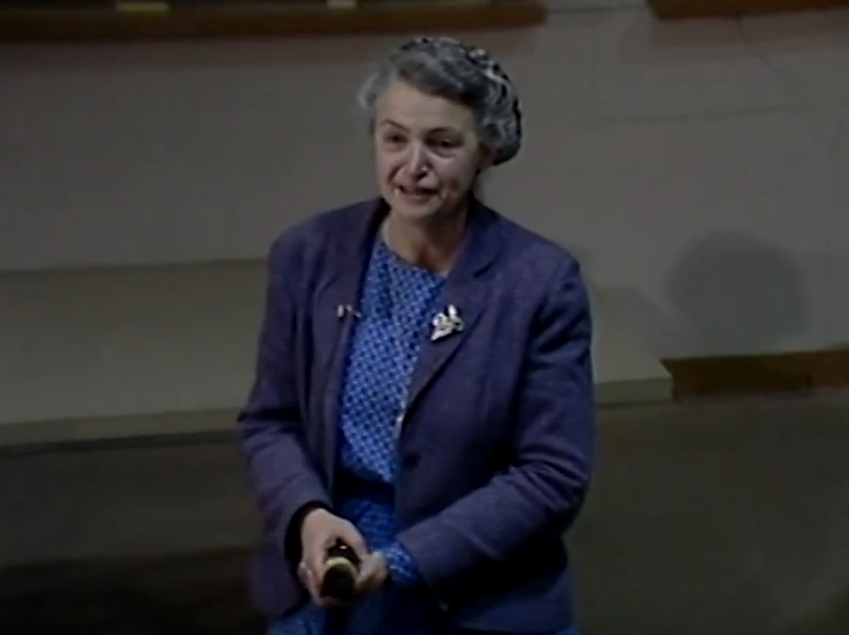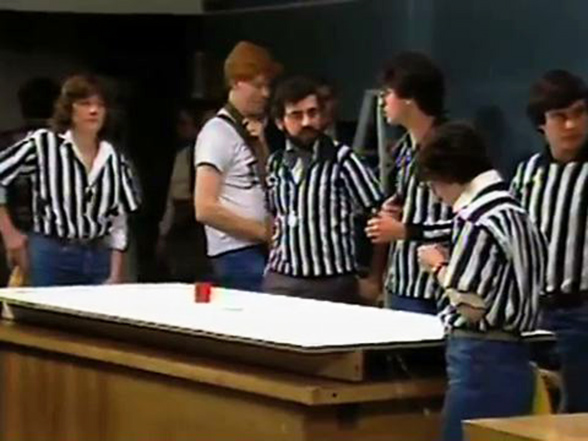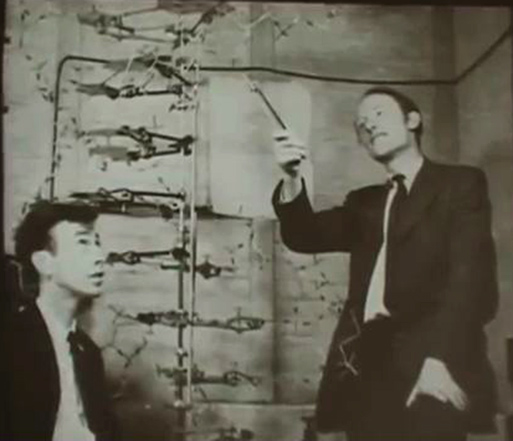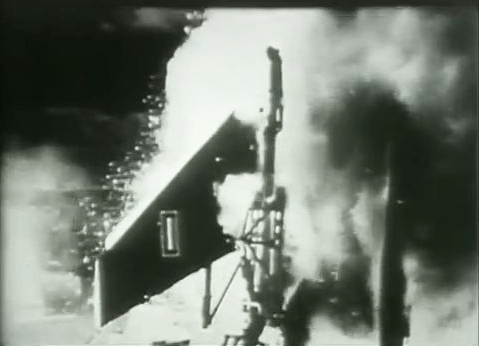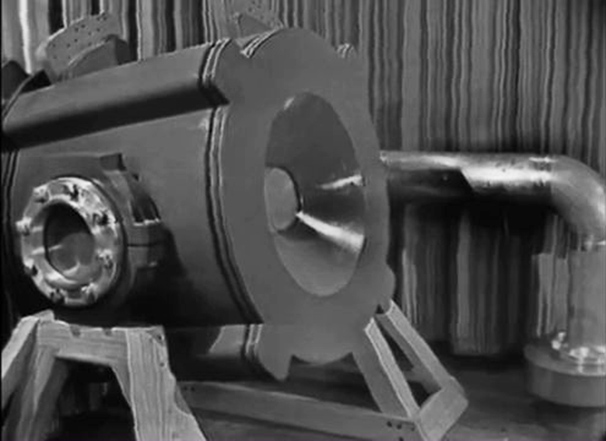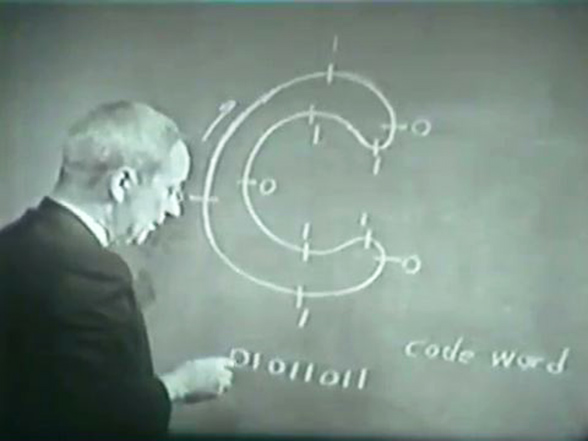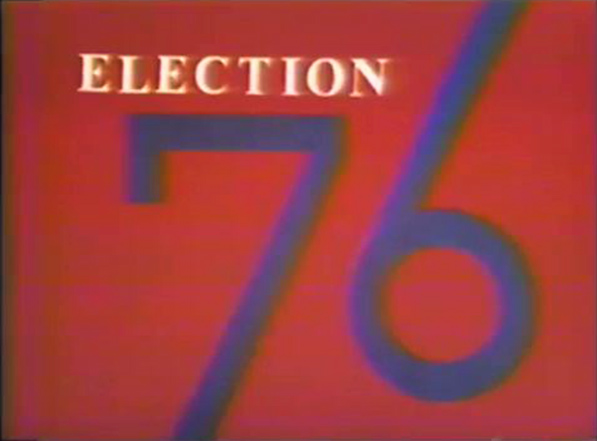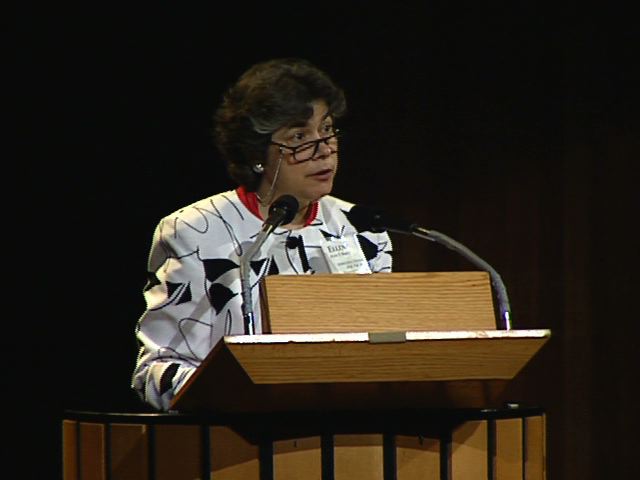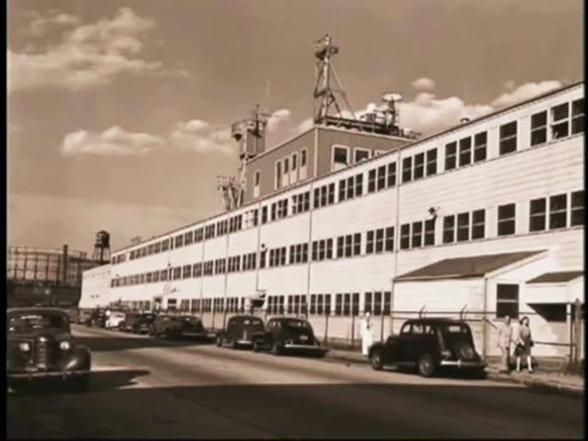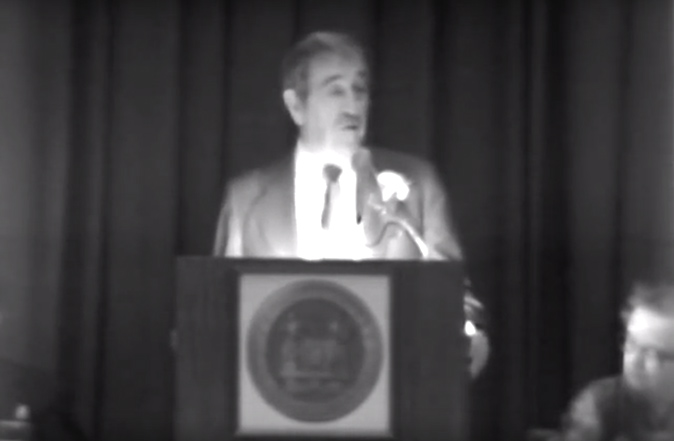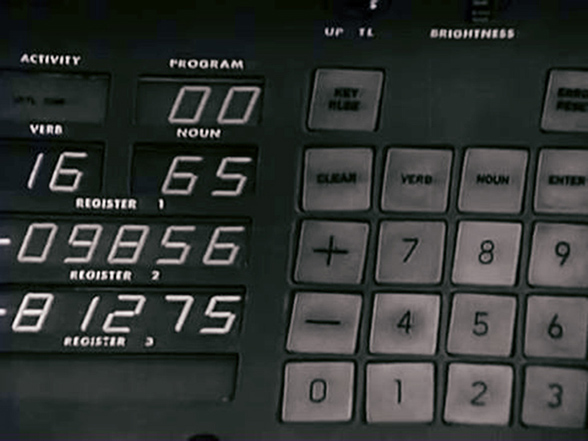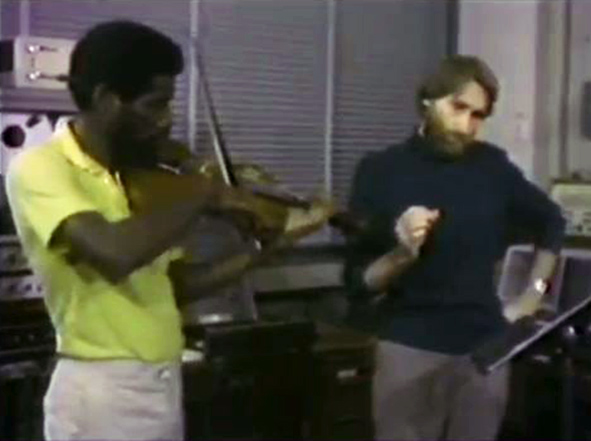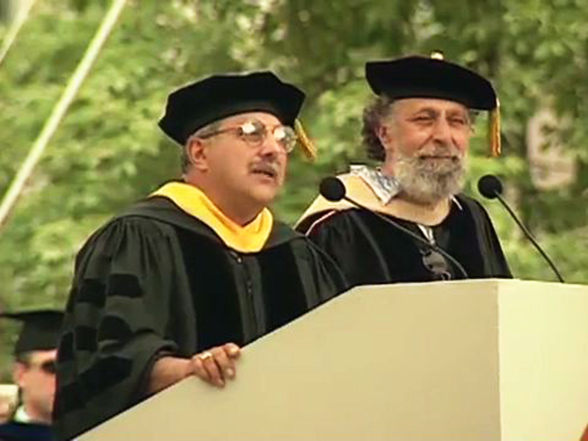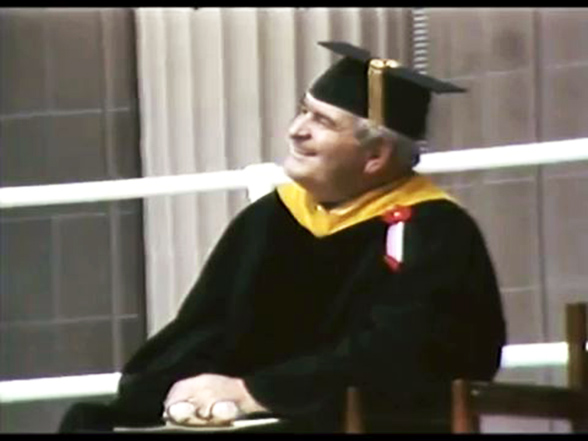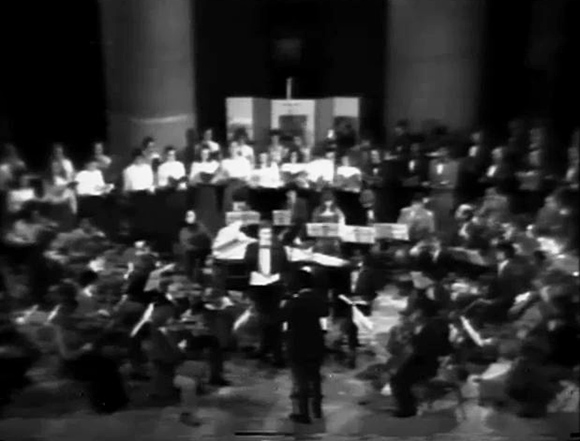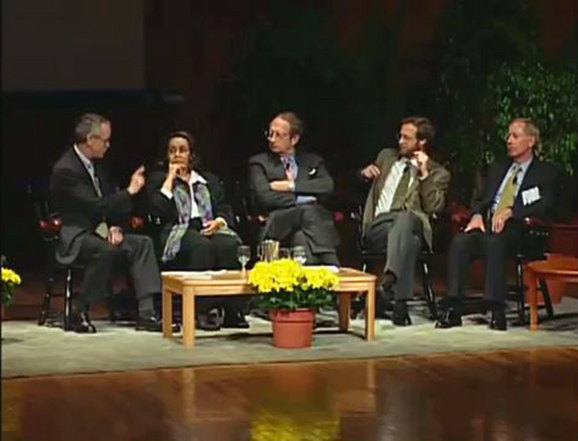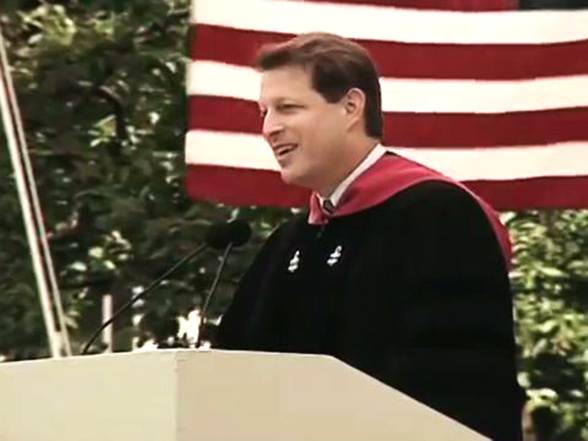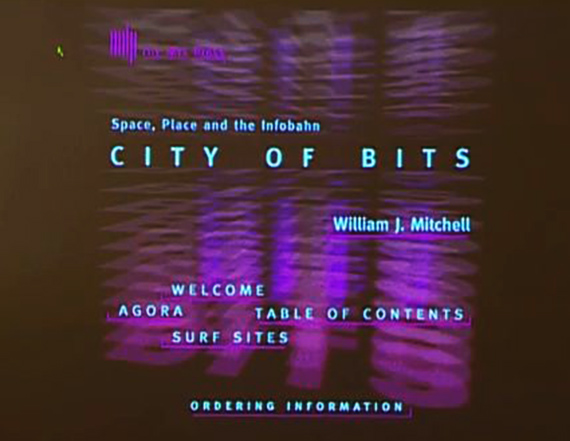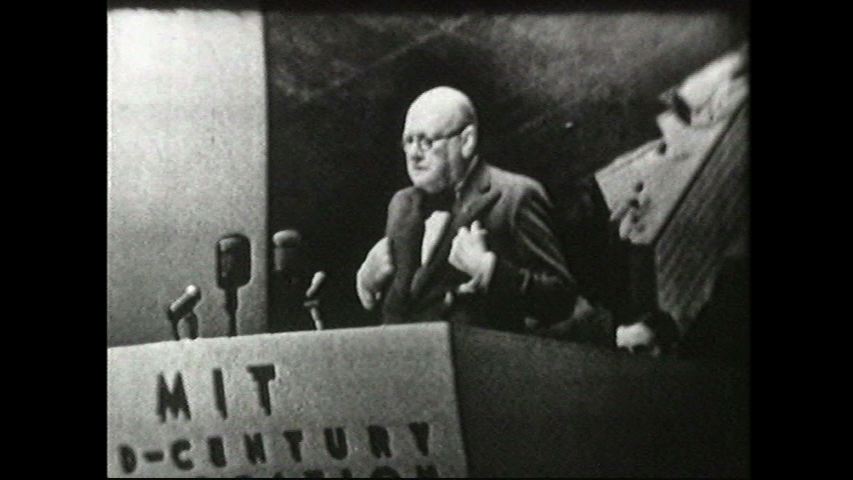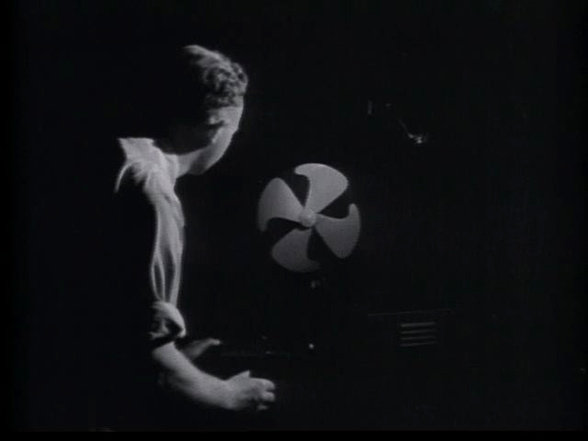"The Social Beaver" (1956)
[MUSIC PLAYING]
PAUL CHALMERS: The Charles River in Massachusetts separates Boston from the famous university city of Cambridge. Here, stretching for a mile along the north bank, is the Massachusetts Institute of Technology, known the world over as MIT.
This famous university offers to its students intellectual challenge together with fellowship. MIT, founded in 1861 by William Barton Rogers, a distinguished natural scientist, has for a century been the leader in the development of science and technology.
Today, devoted to the highest goals of education and research, MIT is a new type of educational institution, a modern university built around science and technology rather than classical studies, but embracing the arts social sciences and humanities.
The campus contains 100 acres. The main educational group of buildings, centered around the Great Court, is a single continuous structure, although it is divided into numbered sections referred to as Buildings.
MIT's campus is all inclusive, with an extensive athletic plant and playing fields fully accessible. So are the recreational buildings, dormitories, and dining halls. It is a pleasant place in which to work and live.
[MUSIC PLAYING]
The dormitory system permit students of all classes to live in any of the undergraduate houses. The Dorrance Laboratory houses food technology and biology, and as a leader in biophysical and biochemical research.
The swimming pool and squash courts occupy this building. The institute provides this beautiful home for its presidents. Walker Memorial houses a large student dining hall and is the student activities center.
The Charles Hayden Memorial Library is the center of the Institute library system. The facilities for study at MIT are fine, but these able and vigorous students need many extracurricular activities to complete their development for future communal, family, and social relationships.
Symbolized by the mascot beaver, engineer of animal world, the active student after classes is indeed the social beaver, for MIT offers him complete fulfillment. A large student living group resides in the dormitories and enjoys a type of community living. Roommates work together harmoniously.
[MUSIC PLAYING]
Apartments are provided in each dormitory for a faculty resident and his wife, who live among the students and open their apartments to them for evening bull sessions, snacks, and general sociability.
Numerous lounges are available to the students. Dormitory living provides unlimited opportunities for working and playing together. Throughout the Institute's living groups, emphasis is placed on the individual, yet each student is exposed to many different philosophies and ideas.
Chess is popular. There are rooms for ping pong, billiards, cards, music, and photography. Dorm parties are unique. This is Driftwood Drag.
[MUSIC PLAYING]
Dormitory Council governs the dormitory system. Each house has its own committee to plan dances, student faculty coffee hours, and intramural sports.
MIT has over 25 local and national fraternities, each with its own house. In this living group, informal sessions are always taking place, with the talk ranging from nuclear fission to girls. Each house must, of necessity, offer the atmosphere and conditions conducive to study. Each fraternity member is provided with a quiet study area and adequate desk. And of course, the inevitable hi-fi set is close by. Mutual aid in studies is sought and cheerfully given.
Every fraternity has a full slate of officers and holds periodic meetings of its members. Each house conducts its affairs in businesslike manner. Before the freshman quizzes, it is customary in most houses for upperclassmen to give formal review sessions.
About 100 coeds attend MIT and participate in all aspects of student affairs. The girls have their own social rooms in the main school building.
Inside this door it's strictly no men allowed. Here the coeds congregate between classes and relax from the pressure of class work. Among other things, this is the girls' communication center. In typical feminine fashion, the girls take time out to gossip about clothes and dates, exchange news, and congratulate or sympathize with one another about their grades.
MIT coeds are gifted musically, too, and relax in this enjoyable manner after finishing with gossiping and other talk. When studying in the horizontal, one must be prepared to accept this consequence.
The Margaret Cheney Room is actually a beautifully appointed suite of rooms. Besides the large living room, there is a locker room, fully equipped kitchen, and this special study room. Here the girls study in complete silence, and the signs of intense concentration are evident-- well, most of the time anyway. After all, the studios beaver is also the social beaver, and what is more natural than planning and daydreaming about that new evening gown?
The women's dormitory at 120 Bay State Road is comfortable and home-like. Here the girls share in the work and play that is typical of girls' dorms everywhere. On a weekend, the living room is likely to look like this.
[MUSIC PLAYING]
Bungalows and apartments on campus provide economical housing for almost 300 young married couples and their children. Married students are active in all extracurricular activities. They also have many projects of their own, including a nondenominational Sunday school and a nursery school. They also publish a newspaper, The Westgate Word.
MIT maintains a well-equipped medical department, with headquarters and the Humbert Memorial Infirmary. As part of its progressive medical program, the Institute has adopted a health insurance plan for all students. The infirmary has several well-staffed clinics and a hospital of three small awards, six private rooms, an operating room, and an emergency clinic. Boston and Cambridge hospitals are used in cases involving major operations.
[MUSIC PLAYING]
Religious services of all denominations may be held in the MIT Chapel. The three principal religions have full-time chaplains on campus. Here a Protestant service is being conducted by a student. Protestant groups sponsor a joint nondenominational service daily, and many conduct their own special services here as well.
These Jewish students are reading from a sacred Torah.
[MUSIC PLAYING]
The traditional ritual of a Mass is being celebrated by the Catholic chaplain.
[MUSIC PLAYING]
The Student Aid Center administers the three types of financial aid available through the Institute-- scholarships, loans, and part-time campus work. Experience has shown that young people of good ambition can do a reasonable amount of outside work without detracting from their studies. Part-time campus workers are paid by the bursar. Part-time campus work is restricted, with slight variations, to between 10 and 12 hours per week.
After the first year, students with satisfactory records may make use of the Technology Loan Fund, one of the largest in the country, to borrow amounts up to full tuition or to supplement scholarship grants. Repayment of loans begins six months after graduation on easy terms. No student, regardless of means, need be denied an MIT education.
MIT students are offered great cultural opportunities in nearby Boston. The Boston Museum of Fine Arts is noted for its fine art collections. The world-famous Boston Symphony Orchestra plays more than 60 concerts in its Boston season. The Boston Pops orchestra finds symphony members playing lighter works.
The Opera House is the center for opera and ballet for New England. Boston's varied and active theatrical season is second only to New York.
[INAUDIBLE] by the freshman-sophomore Field Day, held on campus Saturday afternoon. Having attended many field days, MIT's President, James R. Killian Jr. Knows how to dress for this occasion.
The freshman and sophomore football teams each play several warm-up games with teams from nearby schools and present an exciting brand of football. The one-mile relay race is run off between the halves of a football game. The tug-of-war has two teams of 25 men each. The Field Day cup is displayed by the Field Day chairman.
MIT abounds in hobby clubs. The Hobby Shop was organized by students and staff members for the purpose of providing facilities for woodworking, metalworking, photography, printing, radio repair, and similar hobbies for the membership.
Machinery, tools, and working space are provided. The member need only supply the material is working. The shop is for spare-time doodling and serious construction.
The MIT Rocket Research Society has as its purpose the design, construction, and testing the rocket motors and systems. The society has static testing facilities with a complete remote-control system. It even publishes its own monthly journal, with articles written by the members.
The MIT Radio Society is the oldest college organization of its kind in the world. It was organized in 1909 to further the interests of amateur radio among the engineers of the Institute. In that capacity it serves today. It's present equipment makes possible broadcasts on all of amateur bands available to the ham.
Except for the fact that programs are transmitted through the dormitory power lines, WTBS is operated in the same manner as a commercial radio station. It's chief functions are service to its listeners and to its staff in providing them with experience in all aspects of running a radio station.
The Outing Club delights in such activities as rock climbing, mountaineering, square dancing, folk singing, biking, hiking, canoeing, spelunking, and skiing. Trips are organized for weekends, some in conjunction with outing club's from the nearby girls' colleges.
The Tech Model Railroad Club as complete yard and terminal facilities and a dial-controlled turntable. Five locomotives may be run at a time. Its electrical gear, much of it contributed by the telephone company and installed by the members, makes this layout outstanding.
The TCA is a nonsectarian organization open to all students. Among their activities, TCA members engage in various forms of social work, often in conjunction with students of nearby girls' schools. In the boys' work division of the TCA, student volunteers lead groups of underprivileged boys in Boston and Cambridge.
The MIT Flying Club operates at nearby Bedford Airport. Two Cessna Aircraft make up the flyable equipment. The Club offers good instruction in flying, makes possible low-cost pleasure flying, and sponsors cross-country trips.
The undergraduate publications are among the most important student activities. The Tech Engineering News enjoys a fine reputation for its articles on science and engineering, most of which are written by student members of the staff.
Technique, the MIT yearbook, has been published every spring for about 70 years. Recording the annual history of MIT's academic and social activity, this publication is a valuable keepsake of student days at MIT.
V-Tech has been keeping students informed about campus doings for more than 70 years. It is written, edited, and managed entirely by students. Naturally, members of its staff acquire excellent newspaper experience.
Voo Doo, the MIT humor magazine, gives good fun its play like all college magazines of its kind. Its editors manage to swim in and out of hot water while its cartoonists keep the Institute laughing at itself.
The extraordinary Kresge Auditorium is the focal point of dramatic and musical activities. Besides the large auditorium, it contains a little theater and rehearsal rooms. [INAUDIBLE] auditorium, the choral society joins with members of the Boston Symphony Orchestra for an annual major concert showing a professional excellence that can compete with any choral group in the area.
The brass wire is one of MIT's many instrumental groups.
The Music Library is an important and popular part of the Charles Hayden Memorial Library. Available to the students for use in small turntable-equipped rooms is a sizable collection of recorded music. In this large room, students relax or study by listening to recorded classical music concerts.
Here also recitals bring to MIT a variety of outstanding instrumentalists and singers.
[MUSIC PLAYING]
Student musicians have temporarily taken over the music library and are now busily engaged in recording some of the music heard in this film.
[MUSIC PLAYING]
MIT athletic teams compete successfully in many sports. The sailing team is usually one of the country's best. The Thames Challenge Cup of the Royal Henley Regatta in England has twice been won by the lightweight crew.
Water sports over the years have attracted many participants. The Lipton Cup is an important sailing trophy won by MIT sailing teams. Because of the excellent sailing basin and fine equipment, MIT sailing team offers unparalleled opportunities for experienced sailors. Countless students who never sailed before have learned the hobby here.
The sailing pavilion is conveniently located in front of the campus. Sailing, now and intercollegiate sport in over 100 American colleges, gained its original stimulus at MIT.
[MUSIC PLAYING]
Participation by all IS the goal sought by the MIT athletic program. The outdoor sports move into Rockwell Cage during inclement weather. Participation in recreational athletic activities plays an important role in an MIT education.
President Killian HAS stated, "MIT seeks to maintain an athletic program which will serve our educational objectives and provide wholesome recreation." Instruction in physical education supplements this goal. Practically every student uses the athletic facilities.
For many MIT students, intramurals make a fortunate combination of the competitive and recreational in sports. Intramurals are very popular, and include touch football, basketball, volleyball, track, and softball. The intramural athletic program is an important part of MIT athletics.
[MUSIC PLAYING]
Student government at MIT enjoys a position of responsibility unequalled at most American colleges. All students automatically become members of the MIT Undergraduate Association. Its legislative body is the Institute Committee, which includes representatives from each class and from each of the living group governments.
The Institute Committee coordinates the activities and living groups and maintains a close liaison with the faculty and administration. Automatically a member of the Institute Committee, the president of the Association of Women Students here has the customary feminine last word.
MIT has concentrated its resources in certain broad areas-- science, engineering, architecture and city planning, industrial management, and the related humanities and social studies. MIT brings to these areas the services of a distinguished faculty and physical facilities of unparalleled variety and completeness.
The college catalog section in the Hayden Memorial Library contains the catalogs of all the major colleges and universities in the United States, many of which offer the subjects an courses taught at MIT.
But what is it that makes MIT unique? Dr. James Killian Jr., tenth president of MIT, believes that the Institute has become a new type of university. A school for active and creative thinking of highest professional stature is pursued in a limited range of fields now deeply enmeshed in the world's social, economic, and political development.
In Dr. Killian's words, "The Institute designs its educational program for a highly selected group of students, young people of intellectual promise and high personal qualifications. With the student body thus carefully chosen, we believe that our undergraduate program can be more advanced, its standards higher, and its scope broader, than in institutions where the student selection is not so great."
So it is that we also believe in giving our students a maximum of choice consistent with the maintenance of professional standards and in having them accept unusual responsibilities for their own intellectual progress and for the development of mature, responsible personal and community conduct.
We always seek to provide exceptional facilities for study and research. This means more than well-equipped laboratories and classrooms, which are vital. It includes an environment which places learning in a setting of beauty and dignity which can lift the spirit.
The annual spring convocation is held in the Great Court. The Carl Taylor Compton prizes are awarded each year on this occasion. Made possible by gifts from members and friends of the Boston Stein Club in memory of Doctor Carl Taylor Compton, ninth president of MIT, this fund is used for prizes and grants to individuals, to groups, or to activities of the student body.
The fund has been established to recognize a number of qualities, individual character, and leadership, the example of brotherhood, distinguished achievement of a student activity, and service to the MIT community at large. It is hoped the awards will encourage as symbolic of the American way of life the ideals of tolerance, individual worth, the right to be different, and working there the common good.
[MUSIC PLAYING]
Four busy and happy years have passed for the seniors, now about to attend the baccalaureate services and Kresge Auditorium.
[MIT FIGHT SONG PLAYING]
Graduation Day, the social beavers' final hours as an undergraduate. Parents, relatives, and friends are entering Rockwell Cage to proudly watch the graduation exercises.
[MIT FIGHT SONG PLAYING]
Following commencement exercises, those attending the graduation luncheon are en route to DuPont Court, where luncheon awaits them. Something new has been added. Our social beaver now carries his diploma bound in the red folder. The tent is insurance against rain, and yet is very pleasant in the June sunshine.
This family from the Philippines is a reminder that MIT has the most cosmopolitan student body of any college or university in the United States, with nearly every country in the world represented.
After the luncheon, parents, relatives, and friends take this opportunity to greet President and Mrs. Killian, members of the academic administration staff, and student leaders of the graduating class. Thus ends their day of days.
[MIT FIGHT SONG PLAYING]
MIT students encounter that intellectual challenge which teaches the student to think for himself. An alumnus has recently written, "The core of MIT's success is its power to vitalize its students hidden reserve of energy and imagination."
This the classroom cannot do alone, for the social life of the student is the catalyst. MIT provides all the ingredients needed. our social beaver has rare extracurricular opportunities and does indeed use them well.
[MUSIC PLAYING]

